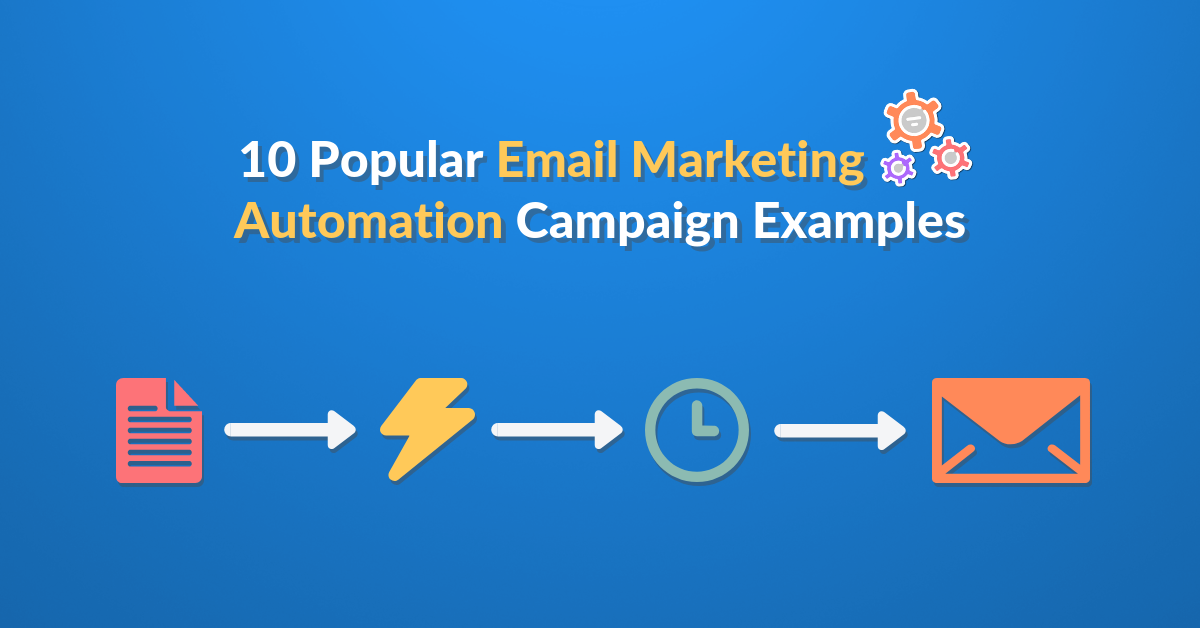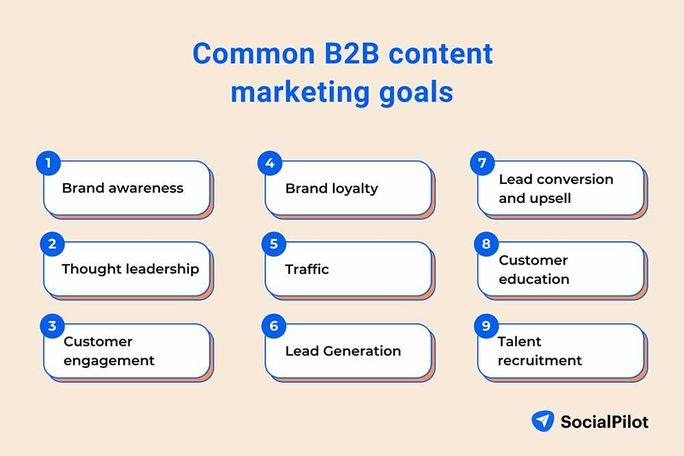
Display advertising targeting offers many options. There are Facebook ads, Google Ads, and custom affinity audiences to name a few. Each have their own strategies and campaigns. Display ads, regardless of which strategy you choose, are undoubtedly the best way to promote your brand online. So how do you make the most of this marketing method? Keep reading to learn more. Google Display Ads: Reach your ideal customers by using custom affinity audiences
Facebook

There are two options available when you launch a Facebook advertising campaign. One is accelerated delivery, the other is manual bidding. If you are an advertiser who wants to reach your audience quickly, you should choose accelerated delivery. However manual bidding allows to you set the price of each ad. Facebook will suggest the best ad for each audience depending on their search history and current behavior. Facebook will display the appropriate ads based upon your budget in both instances.
Google
Targeting the right audience is essential to creating effective Google display ads. There are a variety of ways to do this, and using the right keywords is the first step. If you are just starting out, remarketing can be a great way of getting a high return on your investment. This advertising targets people who have visited your website before and took specific actions. This works because these people already show interest in your product and are a great candidate to advertise. And with the GDN, you can target these people in a very precise manner.
Google Ads
You can personalize your Google Ads display advertising audiences in many different ways. You can create affinity audiences by entering specific keywords or URLs that relate to your business or product. To reach your potential customers and other competitors, you can even create audiences using specific websites and apps. Target your ads to people who are interested in cooking, beauty, travel, or gaming if you have a website.
An affinity audience built to your specifications

A custom affinity audience is a powerful way to target your display ads. It can be combined with specific keywords or subjects to narrow down your customer list. It also limits the volume of the audience. This is especially useful if your target audience doesn't have enough people to pay for a large ad. However, if you wish to reach a large audience first, then creating affinity audiences is the best way.
Blended targeting
Combine your advertising campaigns and remarketing with contextual targeting if you want to improve your website's marketing effectiveness. This marketing strategy places relevant display ads using a portion of your website's code. This type of advertising promotes products that they have previously seen online and encourages repeat visits. Contextual Targeting, on other hand, displays ads that are relevant to your target market on websites. For example, a business selling running shoes may place targeted ads on sports websites.
FAQ
What is affiliate marketing?
Affiliate marketing is an online business model where you earn commissions by referring customers to products and services sold on other websites. You get paid by the product owner when someone buys from them.
Affiliate marketing relies on referrals. For people to purchase from your site, they don't need anything extra. All they have to do is to refer them the website.
It's possible to make money with no selling. It's easy to sell just as much as it is to purchase.
An affiliate account can be created in minutes.
Referring more people will result in more commission.
There are two types affiliates.
-
Affiliates who have their own websites
-
Affiliates who work in companies that offer products or services.
What is branding?
Branding is how you communicate who you are and what you stand for. It is how you make people recall you when they hear you name.
Branding is about creating a unique identity that distinguishes your company. Branding is more than a logo. It encompasses everything, from the physical appearance of your company to the voice and tone used by your employees.
Because customers know exactly what they are getting, strong brands help them feel confident in purchasing from you. And it gives them confidence in choosing your products over those of competitors.
Apple is a great example of a brand-named company. Apple is a well-known brand for its elegant design, high quality products and excellent customer service.
Apple's brand has become synonymous with technology. Apple is the brand people think of whenever they see a smartphone or computer.
If you're considering starting a new business, you should consider developing a brand before launching. This will give your brand a personality.
What do you need to know about internet advertising?
Internet advertising has become an integral part any business strategy. It helps companies reach potential customers at a low cost. There are many options for internet advertising. Some are free and some require payment.
There are also several ways to advertise on the internet, including banner ads, pop-up ads, search engine optimization (SEO), pay-per-click (PPC) advertisements, social media marketing, e-mail marketing, and mobile marketing. Each method offers its own advantages and disadvantages.
What is an ad campaign?
Advertising campaign refers to a series of advertisements intended to promote a product. This could also include the entire production of these ads.
"Ad" is a Latin word that means "to sell." Marcus Terentius Varro (116–27 BC), was the first to make it a verb, meaning "to make sale".
Advertising campaigns are typically done by large agencies and companies. Advertising campaigns can involve many media types, such as television, radio, print, and the internet.
Advertising campaigns typically last for several months and have specific goals. For instance, some campaigns aim to generate awareness while others focus on increasing sales.
What do you need information about print advertising
Print advertising can be a powerful medium for communicating with customers. It is used by many companies for promoting products and services. The goal is to get the consumer's attention.
Print ads are typically short (1 page) and usually include text, photos, logos, or other graphics. Print ads can also contain sound, animation, videos, and hyperlinks.
The following categories are the most common types of print advertisements:
1. Brochures - Large format printed brochures are used to draw people in to stores. Brochures can often be adorned with brightly colored images and eye-catching designs.
2. Catalogues – These are smaller versions to brochures. These are usually sent to customers who request information about specific items.
3. Flyers - These small pieces of paper are distributed at events like fairs and concerts. They are generally free but must be paid for if they are handed out at retail outlets.
4. Posters - These are larger versions of flyers. They are displayed on walls, fences, and buildings. They are usually created using computer software programs designed to catch passersby's attention.
5. Direct mail - These are letters or postcards that are sent directly to potential customers. These are sent to customers periodically by businesses to remind them about their business.
6. Newspaper Ads - These advertisements are found in newspapers and magazines. They can be quite lengthy and often include text as well as images.
What should you know about radio advertising
It is important to understand the interdependence of different media types. All media forms can be considered complementary, rather than competing.
Radio advertising is best when used in conjunction with television. It complements TV by reinforcing key messages and providing additional information.
Radio listeners are often not able to handle long TV commercials. Radio ads are typically shorter and less costly.
Is there a way for me to get free traffic?
Refers to traffic that is free from search engine results. This type of traffic is called natural or organic traffic. There are many options to get free traffic like article marketing and social media marketing.
Article Marketing is a popular way to get traffic for free. It has an extremely low cost-per-click (CPC). The CPC is usually very cheap compared to paid ads. Content marketing is also known by the term article marketing.
Social Media Marketing – Social media platforms like Facebook, Twitter and LinkedIn let you promote your business via advertising. These sites allow you to update, share photos, and develop relationships with people who could become customers. Many businesses choose to buy ad space in social media because they want a wider reach at a reduced price.
Blogging – Another way to generate traffic for free is to blog. If you create quality content that people love to read, visitors will find you. You can sell products and services once you have attracted visitors to your blog.
Email Marketing: Email marketing is a proven method to increase traffic to your website. You can grow your list and eventually sell to subscribers by sending them emails frequently.
Statistics
- Advertising spending as a share of GDP was about 2.9 percent. (en.wikipedia.org)
- This means that at least 50% of an ad needs to be shown on the screen for at least one second. (quicksprout.com)
- Google will display whichever ad type (CPM or CPC) is expected to earn more revenue for the publisher, which is in Google's best interest since they take a 32% share of the revenue. (quicksprout.com)
- Nonetheless, advertising spending as a share of GDP was slightly lower – about 2.4 percent. (en.wikipedia.org)
External Links
How To
How to run paid advertisements
Paid advertising is any type of marketing where you pay money. This could include buying ad space on websites, placing advertisements in newspapers or magazines, or paying someone to promote your business online. There are many forms of paid advertising. These include social media marketing, email marketing and display advertising.
Your campaign should be cost-effective and deliver the desired results. You should also consider the return on investment (ROI).
Before you begin a paid advertisement campaign, first determine if there are potential customers for your product/service. You can start by sharing your message via social media, posting flyers and making announcements in your local area.
Once you have identified your target audience, it is possible to decide which way to reach them. Advertise in local newspapers if you are selling organic foods. On the other hand, if you sell cosmetics, you might choose to advertise on TV or radio stations.
Once you have decided who you want to reach out to, it is time to determine how much money you are willing to spend. There are several methods you can use to calculate your spending budget. One method is to divide the total amount you plan to spend into daily, weekly, monthly, quarterly, or yearly amounts. A spreadsheet program is another option.